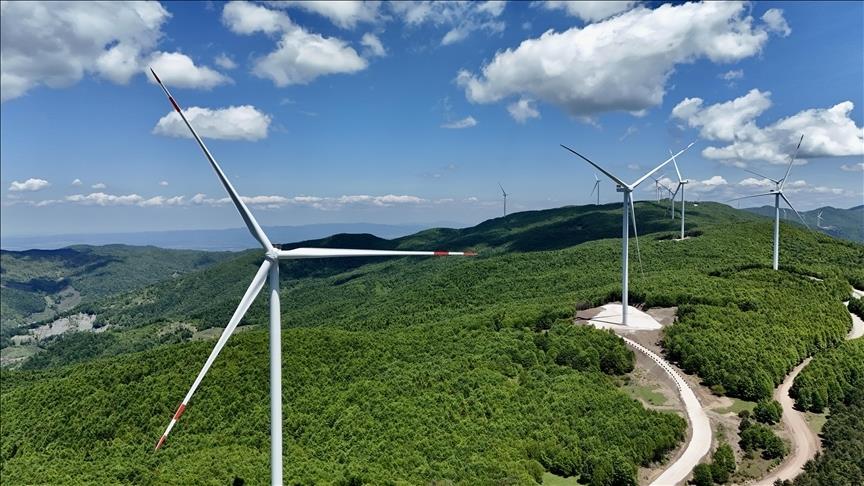Europe is expected to add 178 gigawatts (GW) of new wind energy capacity by 2030, bringing total installed capacity to 441 GW by the end of the decade, according to data from WindEurope.
Of the projected additions, 133 GW will come from the 27 European Union (EU) member states.
As of the first half of 2025, Europe had 291 GW of installed wind capacity, including 254 GW onshore and 37 GW offshore, following the addition of 6.8 GW in the first six months of the year.
By 2030, onshore wind is expected to account for 361 GW of total capacity, while offshore wind will reach 80 GW.
Within the EU-27, the total wind capacity is forecasted to hit 344 GW, with 298 GW onshore and 46 GW offshore.
Despite €34 billion invested in wind energy during the first half of 2025—already surpassing the total investments made in 2024—progress remains slower than desired.
- Slow pace of electrification affects wind installation
According to WindEurope, permitting delays continue to be a major obstacle to wind power expansion across the continent.
Electricity grids are not expanding or modernizing fast enough to accommodate new renewable energy capacity, including wind.
The slow pace of electrification across Europe is also undermining the wind energy outlook, leading to downward revisions in both onshore and offshore projections.
Future auction uncertainties and poorly designed support schemes are causing further delays in project installations. Additionally, the offshore wind supply chain in Europe is facing significant bottlenecks.
Port infrastructure is not expanding quickly enough to handle the transport of large-scale components, and there are constraints in the availability of specialized installation vessels.
Despite these challenges, onshore wind is still expected to make up the vast majority of wind energy installations through 2030.
By Gulsen Cagatay
Anadolu Agency
energy@aa.com.tr


